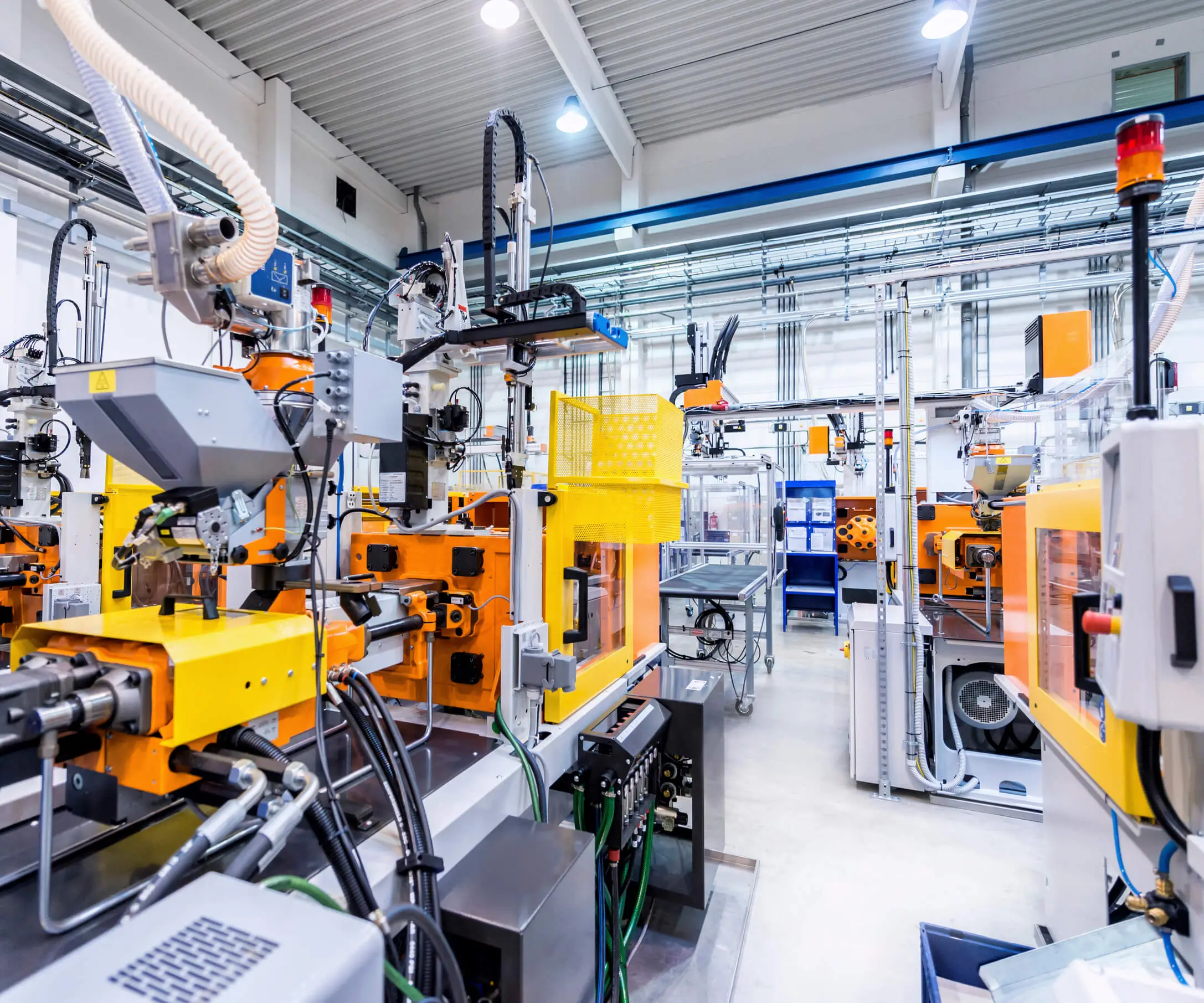part 1:
Unlocking Precision and Power: The Ultimate Guide to Servo Motors with Gearboxes
In today's fast-paced technological landscape, the quest for machines that are both powerful and precise has never been more urgent. Among the numerous innovations that have surged to the forefront of industrial and robotics engineering, the combination of servo motors with gearboxes stands out as a game-changer. This union offers an elegant solution to the challenge of achieving high torque, fine control, and rapid response—all within a compact design.

What is a servo motor with a gearbox?
At its core, a servo motor is a compact, high-performance actuator designed to achieve precise control of angular or linear position, velocity, and acceleration. Unlike ordinary motors, servo motors incorporate feedback mechanisms—such as encoders—that continuously tell the system about the motor’s actual position or speed. This feedback allows for meticulous adjustments, ensuring the output matches the desired command with remarkable accuracy.
However, servo motors alone are not always sufficient when it comes to applications demanding high torque or slow, controlled movements. This is where gearboxes come into play. A gearbox, or gear reduction unit, is an assembly of gears that reduces the rotational speed from the motor while increasing torque output. Think of a gearbox as the machine’s power converter, translating the rapid, low-torque spin of a small motor into a slow, high-torque turn suitable for heavy-duty tasks.
Why combine servo motors with gearboxes?
The synergy of servo motors and gearboxes is a marriage of control and power. Here's the essence: servo motors excel at providing rapid, precise movements; gearboxes amplify their output, enabling them to handle loads that would be otherwise impossible given the motor's size.
This combination allows manufacturers, engineers, and system integrators to attain several strategic advantages:
Enhanced Torque: Gearboxes can boost the torque output significantly, empowering small servo motors to move heavy loads or overcome resistance confidently.
Improved Control and Precision: The feedback systems within servo motors, complemented by the reduction ratio of gearboxes, facilitate highly accurate positioning—even under demanding conditions.
Size and Space Optimization: Instead of using large, high-torque motors, a small servo motor paired with an appropriate gearbox maintains a compact footprint, critical in robotics and automation where space is at a premium.
Energy Efficiency: By tailoring the gear ratio, systems can optimize power consumption, avoiding unnecessary energy expenditure and reducing operational costs.
Versatility: With a variety of gearboxes and servo motor specifications, these systems can be customized across multiple industries—manufacturing, CNC machinery, robotics, packaging, and more.
Types of gearboxes used with servo motors
Servo motor gearboxes are available in a variety of types, each suited to different applications based on load, speed, precision, and environmental factors:
Planetary Gearboxes: Known for their high torque capacity and compact size, planetary gearboxes have multiple gears arranged in a planetary configuration. They provide high power density and are ideal for applications with space constraints.
Harmonic Gearboxes (Flexspline Gearboxes): These gearboxes are prized for their ultra-low backlash and high positional accuracy, making them perfect for robotics and fiber optic alignment.
spur and helical gearboxes: These are common for general-purpose applications, offering robustness and reliability at moderate speeds and torques.
Worm gearboxes: Suitable for applications needing high reduction ratios and where back-driving must be prevented, such as in lifting equipment.
Choosing the right servo gear setup
Selecting the perfect combo involves balancing several key parameters:
Load Requirements: Understanding the maximum load and its dynamics helps determine the necessary torque output.
Speed Range: Matching the desired speed with the gear ratio ensures smooth operation without overstressing components.
Precision Needs: High-precision applications demand gearboxes with minimal backlash and high gear quality.
Environmental Factors: Temperature, dust, and moisture affect gear and motor selection, favoring sealed or specially coated gearboxes in harsh settings.
Size Constraints: The physical footprint of the gearmotor system influences the choice of gearbox type and size.
Real-world applications
Servo motors with gearboxes serve as the backbone of myriad systems:
Robotics: Precise joint movements and end-effector positioning hinge on high-torque, accurate servo gearboxes.
CNC Machines: Ensuring tool positioning accuracy even under heavy workloads relies on these integrated systems.
Automated Manufacturing: Assembly lines benefit from smooth, controlled movements that these gearmotor units facilitate.
Medical Devices: Devices like surgical robots or imaging equipment depend on precise, controlled motion enabled by servo gearboxes.
Renewable Energy: Solar trackers and wind turbines utilize gear-assisted servo motors to optimize energy capture.
In summary, the integration of servo motors with gearboxes offers a compelling blend of power, precision, and efficiency. As industries continue to demand smarter, faster, and more reliable automation solutions, these systems stand out as indispensable tools for elevating design and function.
Kpower has delivered professional drive system solutions to over 500 enterprise clients globally with products covering various fields such as Smart Home Systems, Automatic Electronics, Robotics, Precision Agriculture, Drones, and Industrial Automation.




































